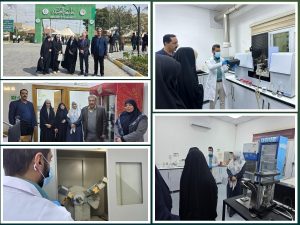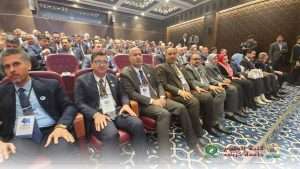The College of Science at the University of Kerbala has discussed a study on enhancing the performance of a solar cell manufactured from nanostructures prepared by the hydrothermal method, for PhD student Ammar Salah Abu Ragheef.
The study aimed to increase the efficiency of the dye-sensitive solar cell by changing the nanostructures of titanium dioxide, zinc oxide and carbon nanotubes.
The study concluded that the growth of zinc oxide nanorods over titanium dioxide nanorods raises the efficiency by 20%, and it was also found that the addition of carbon nanotubes in the layer connecting the titanium dioxide and zinc oxide rods increases the efficiency by 10%.
The study recommended working with natural dyes in order to reduce production costs and integrating different pigments in order to optimize the solar spectrum and increase efficiency, as well as working on the production of titanium dioxide nanorods with a higher length and less thickness in order to increase the surface area of the material.






























































